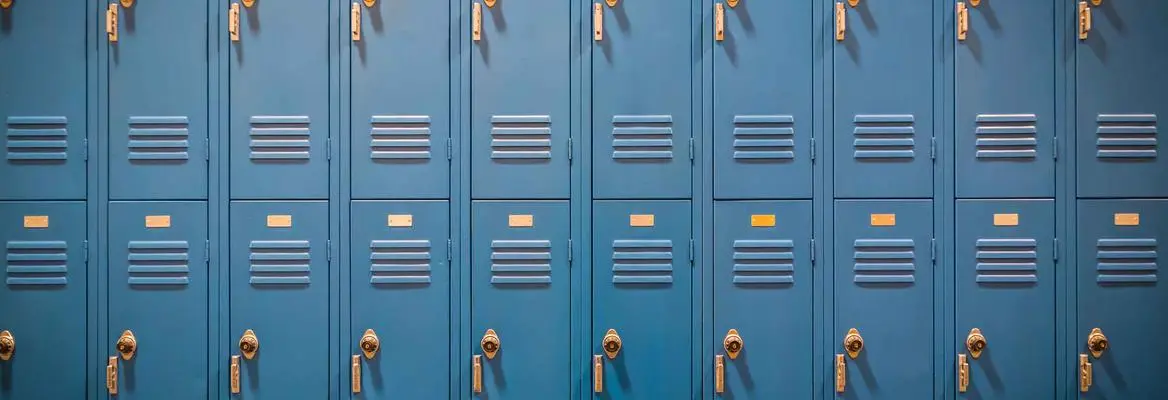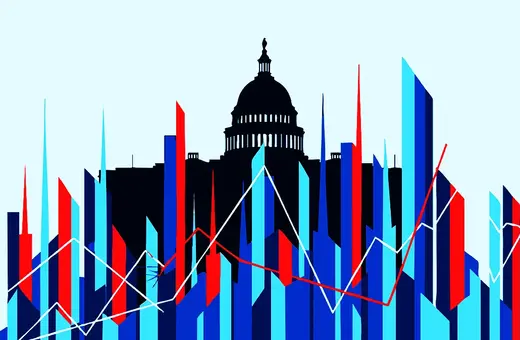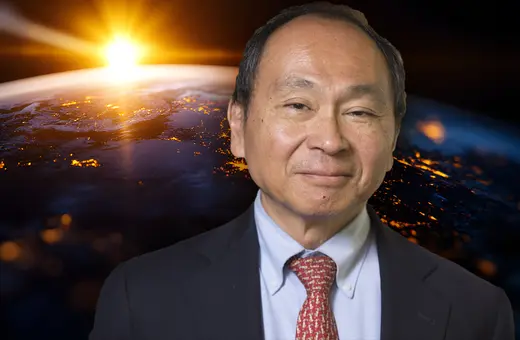Modern education is brandished as a victory for modern society and enlightenment ideals, but far from giving us all an equal start in life, our education system compounds existing inequalities, argues historian Cristina Groeger.
“The best way to increase wages and reduce wage inequalities in the long run is to invest in education and skills,” wrote economist Thomas Piketty in his landmark Capital in the Twenty-First Century. For nearly 200 years, education has been seen as a central means of reducing the gap between rich and poor. Today, this idea has become something of a national faith, as politicians across the political spectrum tout the power of education to shape a more egalitarian society. However, faith in educational expansion as a means of achieving the American Dream has obscured the ways the same process has in fact deepened economic inequality at different historical moments. If we don’t explore its full consequences, education as a policy tool can become a dangerous trap.
In the U.S., the relationship between education and social inequality points to a paradox. On the one hand, the U.S. has long had among the highest rates of school enrollment and attainment in the world. In 2017, the United States ranked second-highest globally for the average years of schooling for individuals over the age of 25. On the other hand, the U.S. currently has one of the highest rates of social inequality and lowest rates of social mobility in the Global North. In sum, even though many Americans are getting educated at unusually high rates, the U.S. economy is extremely polarized between the 1% and the rest. If education were indeed the great equalizer, this could not be true.
This seeming paradox stems from the fact that the American educational system and the modern corporate economy grew up together and mutually shaped one another from the start. Based on the research from my book, The Education Trap: Schools and the Remaking of Inequality in Boston, I argue we can gain invaluable insights by examining the last time in U.S. history when inequality reached heights similar to today: the turn of the twentieth century. In 1880, across urban centers in the northern United States, few Americans went to school beyond primary school, and most people accessed work through informal social ties and learned on the job. Even for professions like law, it was still more common to do an informal apprenticeship rather than attend a professional school. Between 1880 and 1930, school enrollments rose across all classes and racial and ethnic groups, and school-based training for work became the norm.
If we don’t explore its full consequences, education as a policy tool can become a dangerous trap.
The ideology of education as social advancement was consolidated in this period because it reflected the lived experience and reality of many Americans — especially women and second-generation, working-class immigrants. These individuals used expanding educational opportunities, notably public high schools, to enter the fastest growing sector of the economy in this period: white-collar work as bookkeepers, accountants, secretaries, clerks, and retail workers. These students drove rapid school expansion from the bottom up, motivated by the vocational benefits this training offered. Their success in using schooling to access preferable employment helped consolidate our national faith in education as a means of social mobility.



















Join the conversation